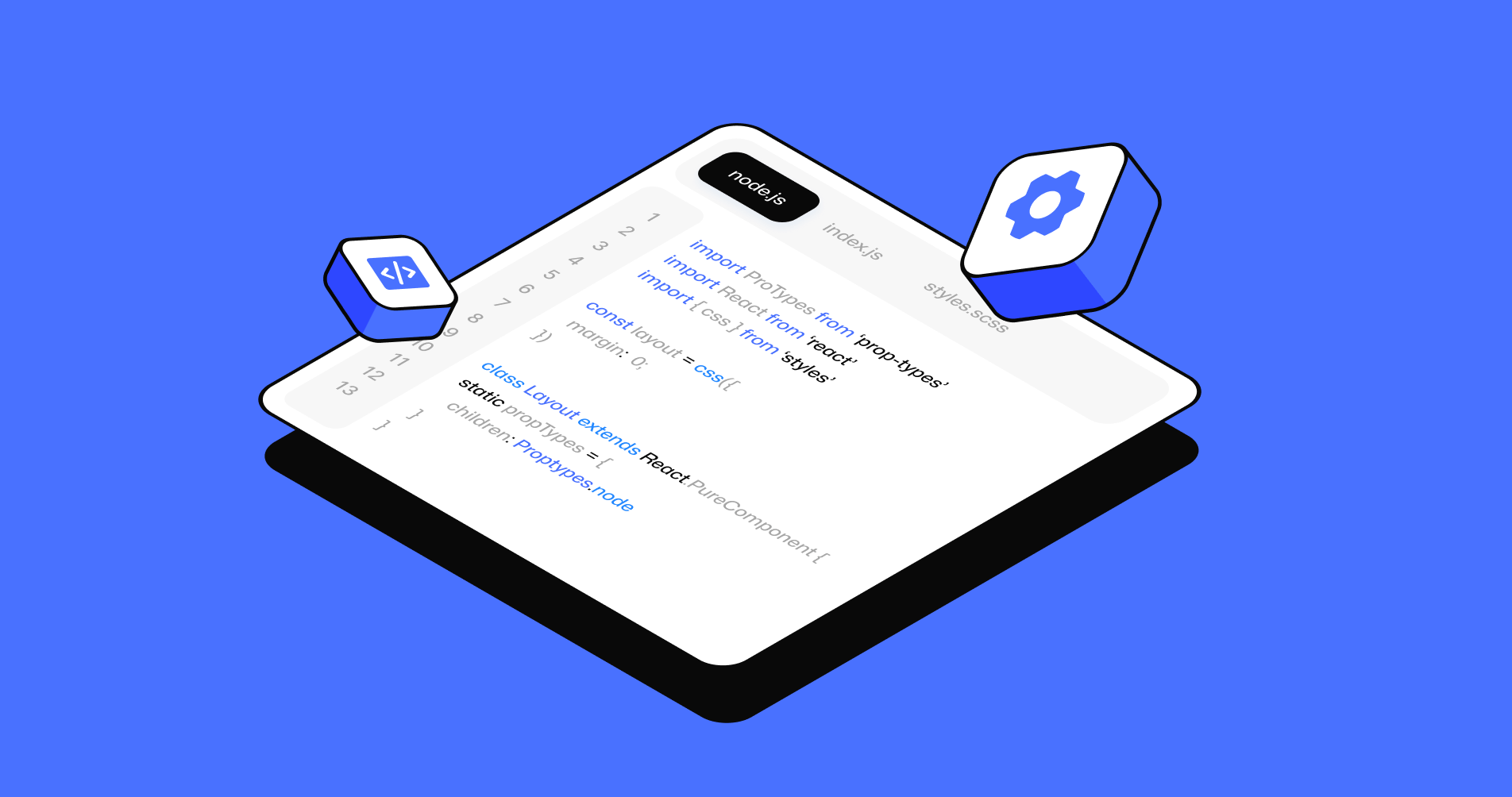
Every week a new headline tries to convince you that artificial intelligence will sweep entire departments into the dustbin of history. Spend five minutes inside a modern marketing organization, though, and another reality emerges: the best teams are pairing human creativity with AI-powered insights to move faster and aim straighter.
Nowhere is this more evident than in AI market research and AI search marketing consulting, where machine learning elevates analysts and strategists rather than rendering them obsolete. The article you’re about to read explores why AI should be viewed as an amplifier of human talent—never a substitute—and how you can build a partnership culture that lets both thrive.
The Evolution of Marketing Intelligence
Marketing has always relied on data, but for decades that data arrived in slow, siloed drips. A quarterly brand-tracking study here, a focus-group report there—valuable but rarely nimble. As digital channels exploded, so did the cadence and complexity of consumer signals. Click-stream paths, social chatter, voice queries, micro-segmented purchase journeys—human analysts suddenly faced more inputs than they could realistically parse on their own.
AI emerged not to cut headcount but to handle the scale problem. Machine learning models can scan millions of data points almost instantly, freeing strategists to concentrate on interpretation, messaging, and growth experiments that still demand a human touch.
Where AI Fits in a Modern Stack
Think of AI as a high-bandwidth co-pilot sitting beside your marketing team:
- It captures and normalizes raw data streams from disparate tools.
- It detects statistically significant patterns faster than manual spreadsheet gymnastics ever could.
- It surfaces predictive insights—propensity to buy, churn likelihood, content topics trending upward—before the opportunity window closes.
Left unreviewed, those outputs remain numbers on a screen. The human layer translates them into positioning tweaks, media allocations, and creative briefs. When that loop runs smoothly, decisions that once took weeks happen in hours.
Debunking the “Robot Takeover” Myth
A persistent myth suggests AI systems will wake up one morning and run campaigns end-to-end while everyone else cleans out their desks. The notion falls apart once you look under the hood. Building and training an effective model demands domain expertise: defining the right success metrics, selecting or engineering features, stress-testing for bias.
Even after deployment, models drift as consumer preferences shift, privacy rules change, or competitors flood the market with new offers. Each pivot calls for human course correction.
What AI Actually Does—and Doesn’t Do
Here’s what today’s marketing AI excels at:
- Sorting: Cleans and combines messy datasets at scale.
- Speeding: Runs predictive calculations in real time or near real time.
- Surfacing: Flags anomalies, new segments, or unexpected intent signals you might never have spotted manually.
- Simulating: Tests thousands of scenario combinations to forecast budget impact.
And here’s what it still relies on people to accomplish:
- Contextualizing cultural moments or brand tone.
- Crafting emotionally resonant copy and visuals.
- Making ethical calls about data usage and personalization limits.
- Championing nuanced stakeholder negotiations—in short, the “politics” no algorithm can navigate.
How AI Amplifies Your Marketing Team’s Superpowers
Hyper-Granular Audience Discovery
AI can process several years of CRM, web-analytics, and media-platform data to reveal micro-segments defined by behavior, psychographics, and even evolving sentiment. Marketers then turn those segments into tailored storytelling arcs across channels.
Content Ideation at Scale
Natural-language models spot trending keywords and summarize competitor positioning, handing copywriters a data-backed springboard rather than a blank page.
Budget Optimization in Real Time
Algorithms crunch performance signals and automatically adjust bids, placements, and creative variations. Humans monitor brand-safety thresholds, devise new test frameworks, and pull the plug when macro factors (supply chain hiccups, global news) override performance data.
Voice-Search and Conversational SEO
Search queries are no longer a string of typing—they’re a spoken, often question-based dialogue. AI assists in analyzing long-tail voice transcripts, guiding teams toward conversational content that sits naturally in voice-assistant answers and featured snippets.
Forecasting that Fuels Boardroom Confidence
When CMOs arrive with predictive revenue curves that rest on rigorous machine-learning ensembles, they elevate marketing from “cost center” to “growth engine.” Analysts still need to stress-test underlying assumptions, but the heavy regression lifting is already done.
Building a Human-AI Partnership Culture
Introducing AI into workflows isn’t a technical integration alone; it’s an organizational one. Leaders should frame AI as augmentation so staff view the technology as a skill accelerator, not a pink slip. Pilot programs that pair a data scientist with channel specialists foster mutual respect: strategists learn to ask sharper questions, while modelers absorb on-the-ground nuance.
Upskilling Without the Overwhelm
Reskilling every marketer into a Python-fluent data engineer is neither practical nor necessary. Instead, focus on functional literacy:
- Teach teams how to interpret model outputs and confidence intervals.
- Offer short workshops on prompt engineering for generative-AI copy tools.
- Encourage side-by-side “with AI” and “without AI” comparisons so value becomes concrete rather than theoretical.
Within months, skepticism often morphs into advocacy.
Conclusion
AI’s role in marketing isn’t to steal your seat—it’s to hand you better instruments. From AI market research and AI search marketing consulting insights to day-to-day campaign tweaks, machine learning sharpens every stage of the funnel—but only when guided by human judgment, empathy, and strategic daring. Treat AI as a teammate that never sleeps, and your marketing organization won’t shrink. It will simply get a lot smarter.
Subscribe to our newsletter
Get regular updates on the latest in AI search





.png)

